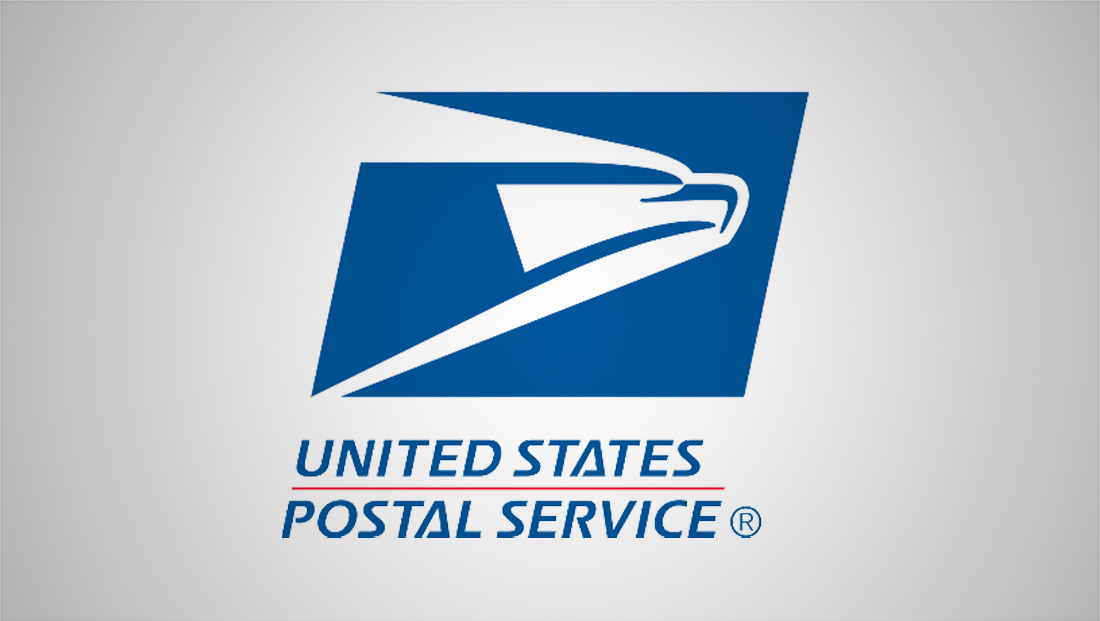USPS proposes holiday package price hikes again
By MixDex Article may include affiliate links

The U.S. Postal Service has announced proposed “surge” pricing for the 2022-2023 holiday shopping and return season.
The fee structure, which still faces a final OK from a review commission, would take effect Oct. 1, 2022, and run through Jan. 22, 2023.
It is similar to ones that USPS and other shipping companies have implemented in the past.
If approved, the rate structure is not a uniform, across-the-board increase and only affects packages. Typically heavier shipments traveling longer distances will face proportionally higher increases, the highest being $6.45 for a 26 to 70 lb. package classified as zones 5-9.
However, flat rate boxes, for example, will only go up $0.95 and packages under 10 lb. in zones 1-4 would only increase $0.30.
There is a significant jump for similar-weight packages in zones 1-5, with prices more than doubling in many cases.
USPS is not raising the rates for packages sent under its parcel return service, which is a slower service typically restricted to returned merchandise at starts at $3.37. Many ecommerce retailers use this or similar rates from other providers to handle returns because it’s more affordable and time isn’t as crucial with returned products.
Parcel select lightweight rates are also not changing.
The USPS just raised the rate for a first-class stamp to $0.60, up from $0.58, in July 2022.
Although USPS did not specifically break down its expected cost increases, like many businesses, the USPS is facing increased labor and fuel costs associated with the products and services it offers.
This, in turn, could put pressure on ecommerce sellers who use USPS for shipping. Many products are also facing price hikes due to increased manufacturing and supply chain costs. Some merchants have adjusted their pricing, but this can be a fine line to walk with price-sensitive shoppers. The added cost of even $0.30 could be significant for some online sellers and their ability to deliver an item but still cover their costs without raising prices.
It could have a bigger impact on sellers’ ability to offer free shipping, a common consumer demand that typically has to have its costs built-in to the cost of the product.
The USPS proposal comes as it continues to face financial shortfalls. The USPS operates as an independent agency of the federal government and has a legal monopoly on delivering letter-sized items to mailboxes. Companies such as FedEx and UPS work around this by focusing on package delivery (as well as flat letter-like envelopes) either directly into consumers’ hands or on a location such as doorstep, but are barred from placing items in mailboxes.
Critics say the USPS’s financial challenges have been amplified since Congress passed legislation in 2006 requiring it to take steps to pre-fund its pension plan, costing it tens of billions of dollars.

